How Much Does It Cost to Charge an Electric Vehicle?
Despite their prominent media profile, electric vehicles account for a modest percentage of total vehicle sales. Most of this is due to the fact that many drivers are unsure whether or not an electric vehicle will suit their lifestyle. Another factor impeding adoption is the belief that charging an electric vehicle at home is more expensive than buying gasoline.
So, we crunched the figures to discover how much it costs to charge an electric vehicle at home versus filling up a gas-powered vehicle’s tank.
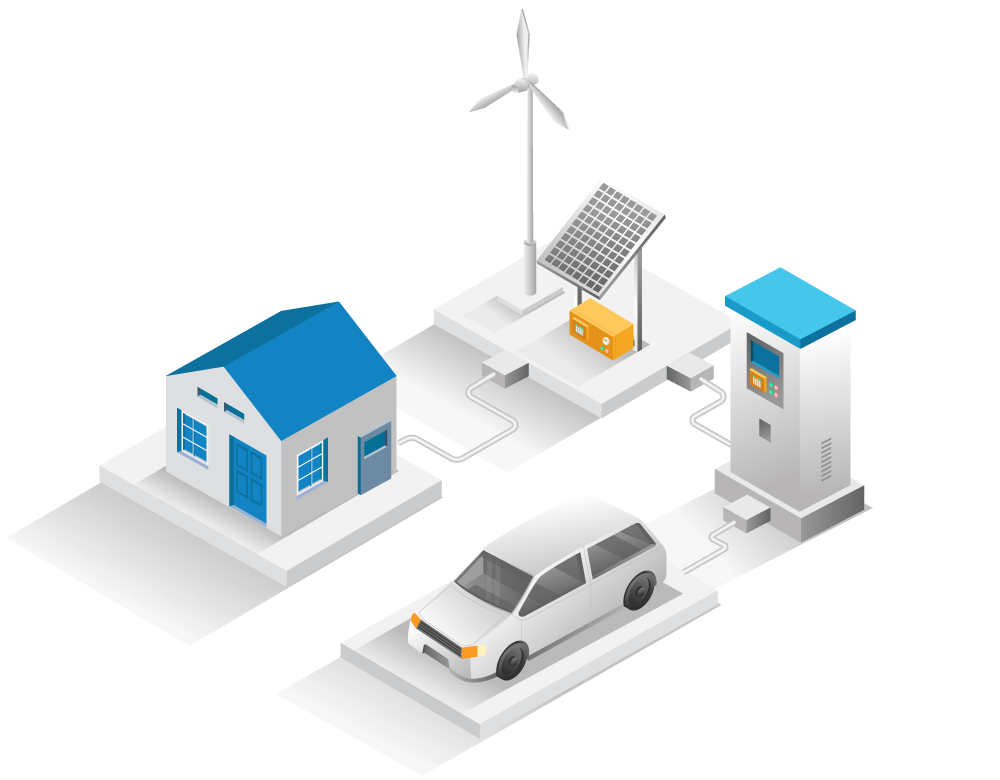
Based on Natural Resources Canada’s energy and fuel efficiency estimations, we computed those prices for every EV available today from a popular automobile manufacturer. NRCan’s L/100 km ratings for gas vehicles may be familiar, but EV efficiency is calculated in kWh/100 km, using the same kilowatt hours unit that electricity suppliers use to bill you for domestic power. NRCan also calculates annual fuel and electricity expenses based on a 20,000 km annual driving distance.

Comparing Gas Vehicles to EV’s
Because several manufacturers provide the same vehicle with both types of drivetrains, a direct comparison between electric and gas models is simple. We compared EVs with no gas equivalent to a similar vehicle from the same manufacturer. Where this was not possible, we substituted a popular vehicle from another brand with a similar aesthetic and performance level.
About Ontario Hydro’s Electricity Costs
On-peak (7-11 a.m. and 5-7 p.m., Monday to Friday), mid-peak (11 a.m. to 5 p.m., Monday to Friday), and off-peak (11 a.m. to 5 p.m., Monday to Friday) are the three time-of-use prices charged by Ontario Hydro (7 pm to 7 am weekdays and all day on weekends). To offset transmission and regulatory costs, there are also per-kWh levies.
Using Ottawa, as an example, those three rates are C$0.2248/kWh on-peak, C$0.1607/kWh mid-peak, and C$0.1178/kWh off-peak, all inclusive of surcharges. Delivery and regulatory fees may be greater or lower depending on where you reside, so the charges on your statement may change from the values we’re using.
We computed EV charging costs based on the off-peak rate, assuming that the majority of drivers will charge their vehicles at night. (Note: As of this writing, Ontario Hydro is using the off-peak rate for all time periods to aid Ontarians whose income has been impacted by the COVID-19 pandemic with their bills.)
There are set monthly fees on your hydro account as well, but those aren’t included because you pay them whether or not you charge an EV at home.
How Do You Calculate the Cost of Driving an EV?
To figure out how much it will cost to travel 100 kilometres, multiply Ontario Hydro’s per-kWh rate (C$0.1178 for our needs) by the vehicle’s kWh/100 km rating (for example, 18 kWh/100 km): C$0.1178/kWh X 18 kWh = C$2.12.
To calculate the cost of driving an EV until it runs out of energy – the EV equivalent of filling an empty gas tank – multiply the kWh/100 km cost by 4 (100 X 4 = 400). C$2.12 multiplied by 4.0 equals C$8.48.
Finally, divide 20,000 kilometres per year by the EV’s 400-kilometre range – which equals 50 full charges – and multiply by the cost of travelling 400 kilometres: For a year of charging and driving, divide 20,000 by 400 to get 50, and multiply 50 by C$8.48 to get C$424.
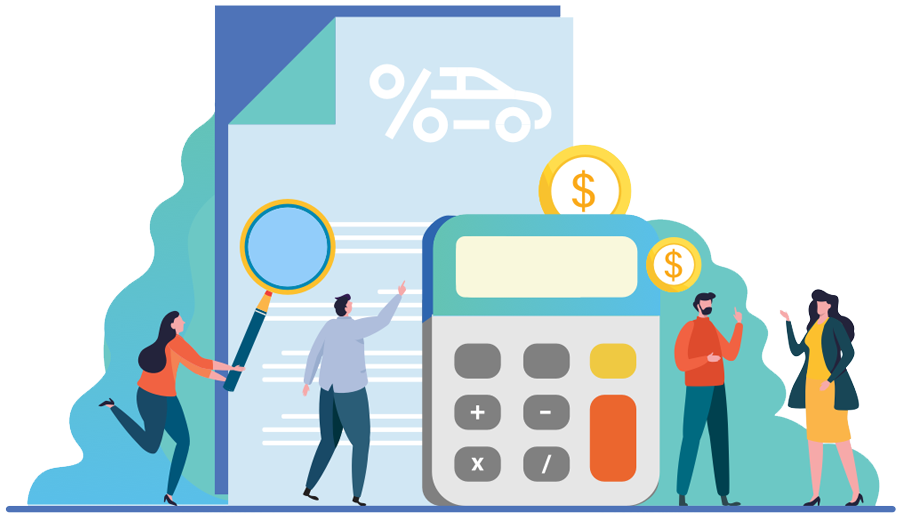
We’re using the gasoline models’ combined L/100 km estimate and a fuel cost of C$1.00/L for mainstream models and C$1.20/L for gas vehicles that NRCan says to use more expensive premium fuel to compare annual expenses between electricity and gasoline. Although the predicted gasoline prices are lower than those used by NRCan to calculate annual expenditures, they simplify the calculations.
The yearly driving costs of a gas car are calculated by multiplying 20,000 km of annual driving by the 100 km distance used by NRCan to determine fuel consumption estimates: 20,000 100 = 200. For a car that consumes 8.0 litres of gas per 100 kilometres, the calculation is: 8.0 litres per 100 kilometres x 200 = 1,600, resulting in a yearly fuel expenditure of C$1,600 at C$1.00 per litre. If you’re paying C$1.20 per litre for premium, divide C$1,600 by 1.2 to get C$1,920.
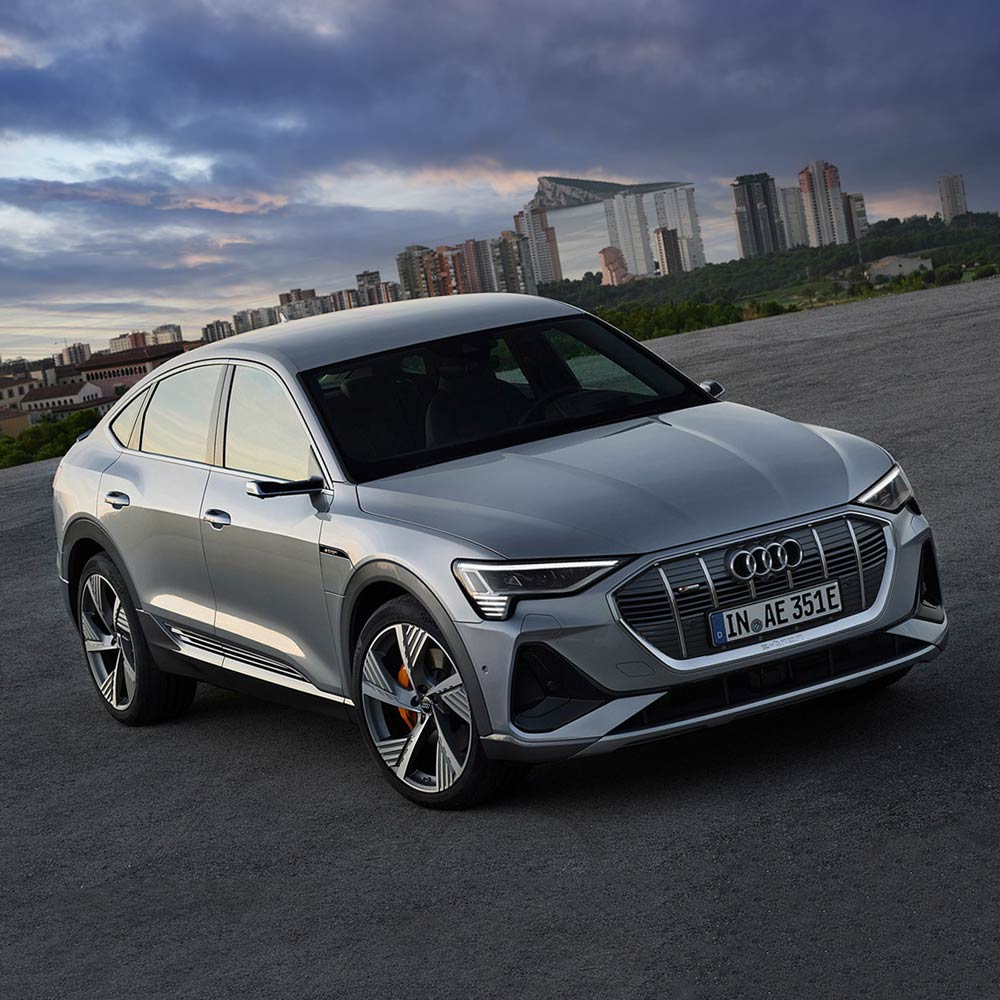
Audi E-Tron
The Audi E-Tron electric crossover has an energy consumption rating of 28.3 kWh/100 km, according to Natural Resources Canada. At the current off-peak electricity rate, it would cost C$3.33 to go 100 kilometres, or about C$11 to utilize up the E-stated Tron’s 329-kilometre range.
At off-peak rates, a year of driving the E-Tron would cost C$668, whereas a year of driving Audi’s equivalent Q8 gas-powered SUV would cost C$3,048 based on its 12.7 L/100 km combined fuel usage estimate.
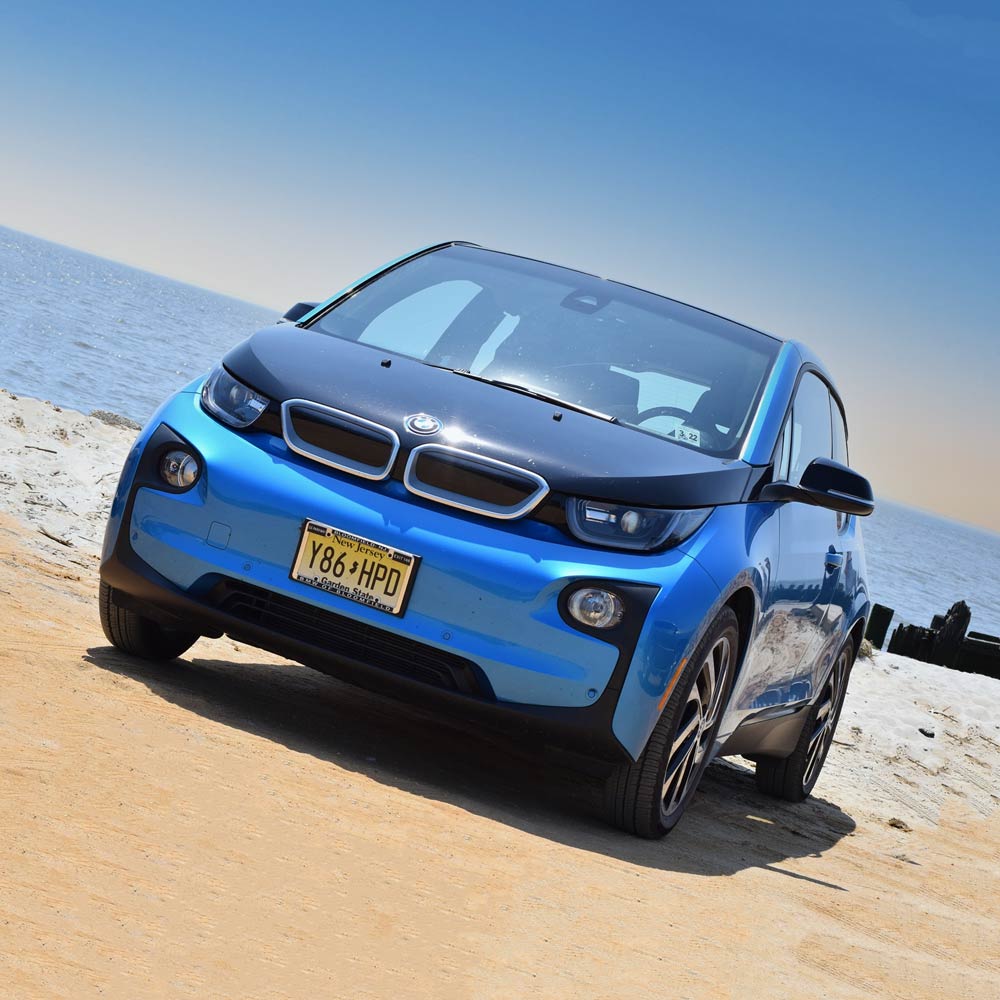
BMW i3
The combined electricity usage estimate for BMW’s i3 is 18.5 kWh/100 km, which works out to C$2.18 for that distance or C$5.36 for the 246 km the small hatchback can go on a full charge, according to BMW.
The BMW i3 would cost C$436 to drive 20,000 kilometres. Because BMW doesn’t sell a gas vehicle that directly competes with the i3, we based our pricing comparison on the 230i coupe. Its annual premium gasoline cost is anticipated to be C$2,040.
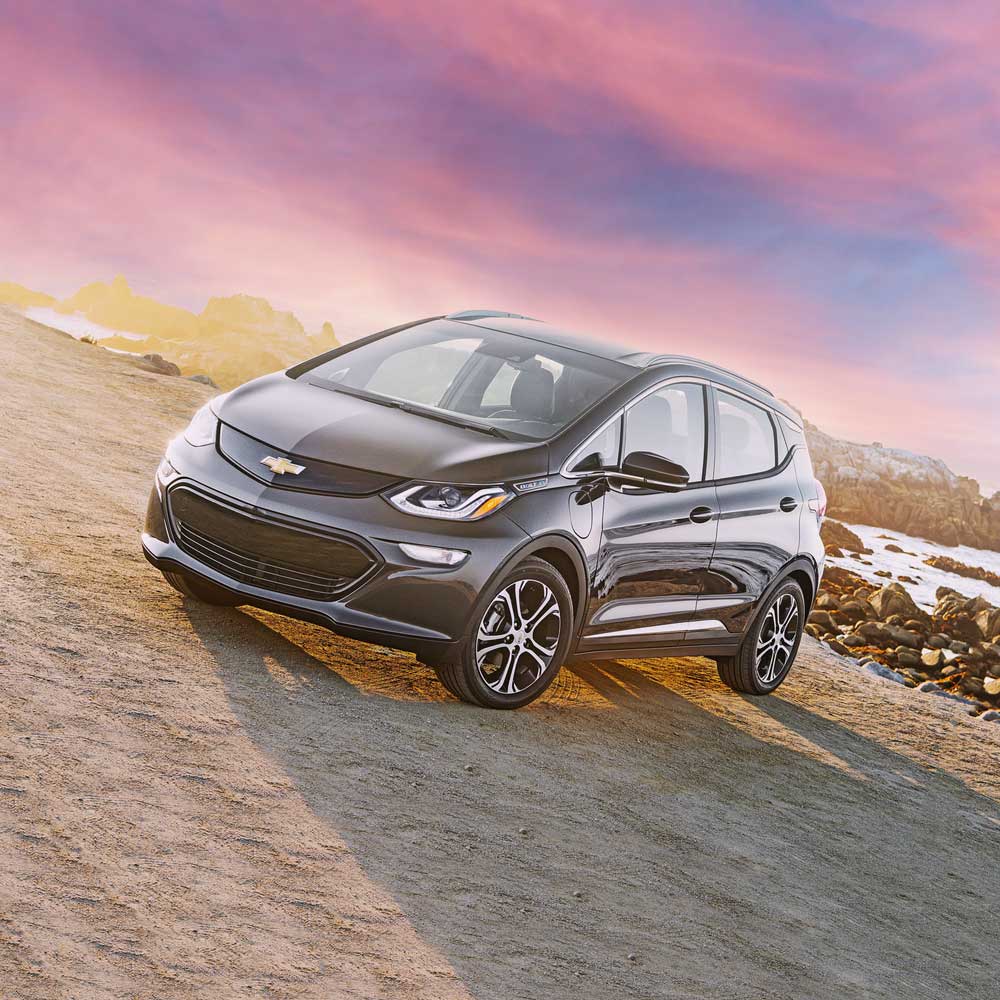
Chevrolet Bolt
Despite catering to a broad audience, the Chevrolet Bolt casts a similar shadow as the BMW i3 and has comparable pricing. The Bolt is also a little more efficient, with an estimated 17.8 kWh/100 km and a price of C$2.09, or C$8.74 for the car’s entire 417-km range.
A year of driving in a Chevrolet Bolt would cost C$419. Because there is no gas-powered Bolt in Chevy showrooms, we’re using the Malibu mid-size sedan, which has a similar level of refinement. The Malibu would cost C$1,500 for a year of driving with its base 1.6L turbo four-cylinder engine.
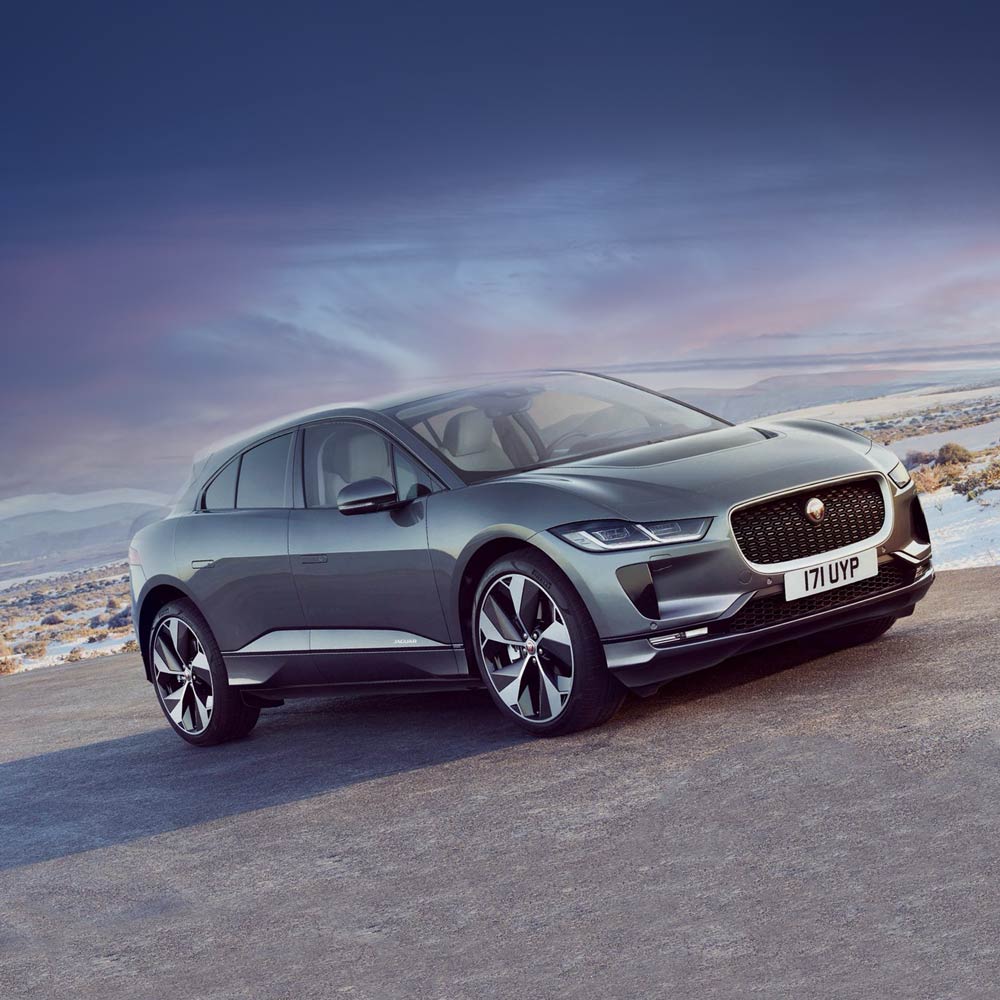
Jaguar I-Pace
Jaguar only has one electric vehicle, the I-Pace, a fast crossover. With a consumption rate of 27.5 kWh/100 km, getting that far costs C$3.23, while the I-whole Pace’s range of 377 kilometres costs C$12.21.
A year of driving an I-Pace would cost C$647. A Jaguar F-Pace S with a gas V6 engine that produces the same amount of power as the I-Pace would cost C$2,832.

Mini Cooper SE
The Cooper SE, a battery-powered version of Mini’s well-known subcompact hatchback, is the company’s sole fully electric vehicle. Its 19.4 kWh/100 km estimate translates to a cost of C$2.28 for 100 kilometres and C$4.05 for the car’s whole 177-kilometre battery range. A year’s worth of Cooper SE driving would cost C$458.
The gas-powered Mini Cooper S, with a turbo 2.0L engine that gives performance comparable to the electric Cooper SE, would cost C$1,896 to drive for a year, assuming premium fuel.
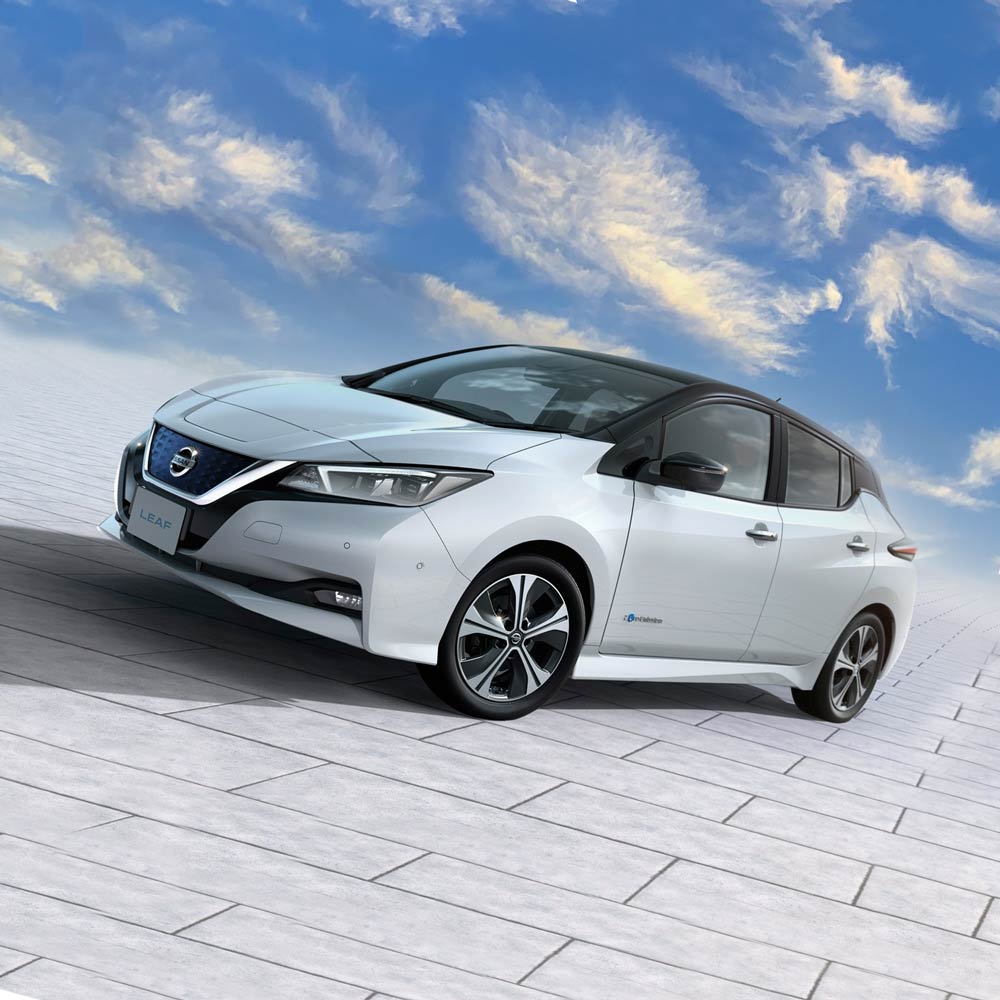
Nissan Leaf
Nissan’s Leaf electric hatchback comes with two battery sizes. The base model has an 18.9 kWh/100 km rating and would cost C$2.23 to drive 100 kilometres or C$5.34 to drive the entire 240-kilometre range. You may expect to pay C$445 on power if you drive this version of the Leaf for a year.
The Leaf Plus S has the best estimate of 19.5 kWh/100 km, which works out to C$2.30 for the first 100 kilometres and C$8.34 for the remaining 363 kilometres. The Leaf Plus is rated at 20.0 kWh/100 km in the SV and SL trims, which equates to C$2.36 every 100 km and C$8.22 for the car’s 349-kilometre range. For a year of driving, these Leaf versions would cost C$459 and C$471, respectively.
The Sentra compact sedan is Nissan’s closest gas-powered competitor. Over the course of a year, it would cost C$1,420 with the optional automatic transmission.
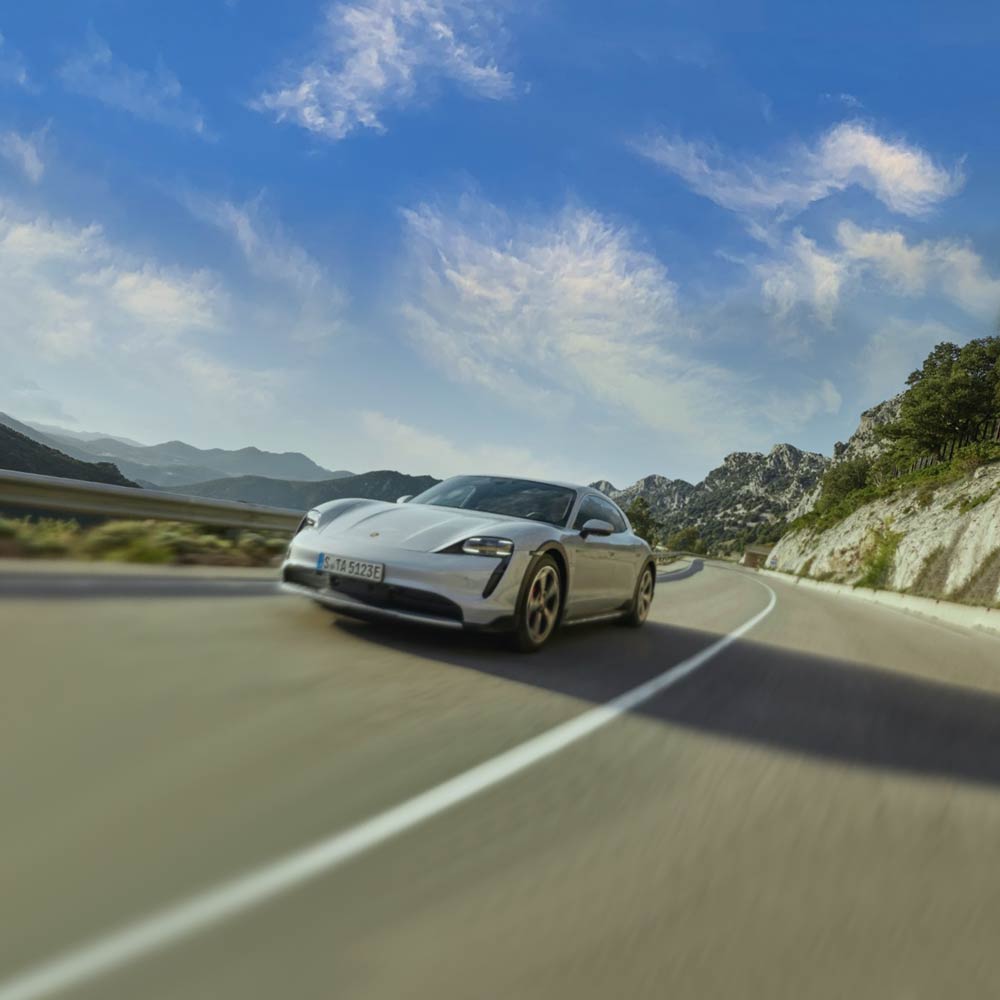
Porsche Taycan
The Taycan Turbo, Porsche’s first all-electric vehicle, was unveiled earlier this year. The energy consumption rating of this high-performance sedan is 30.2 kWh/100 km, therefore it costs C$3.56 to travel that distance and C$11.50 to use the car’s 323-km range. The annual cost of driving the Taycan would be C$712.
Although there is no direct comparison in Porsche’s portfolio, the Panamera is conceptually comparable. Premium fuel would set you back C$2,688 per year if you drove a Porsche Panamera Turbo.
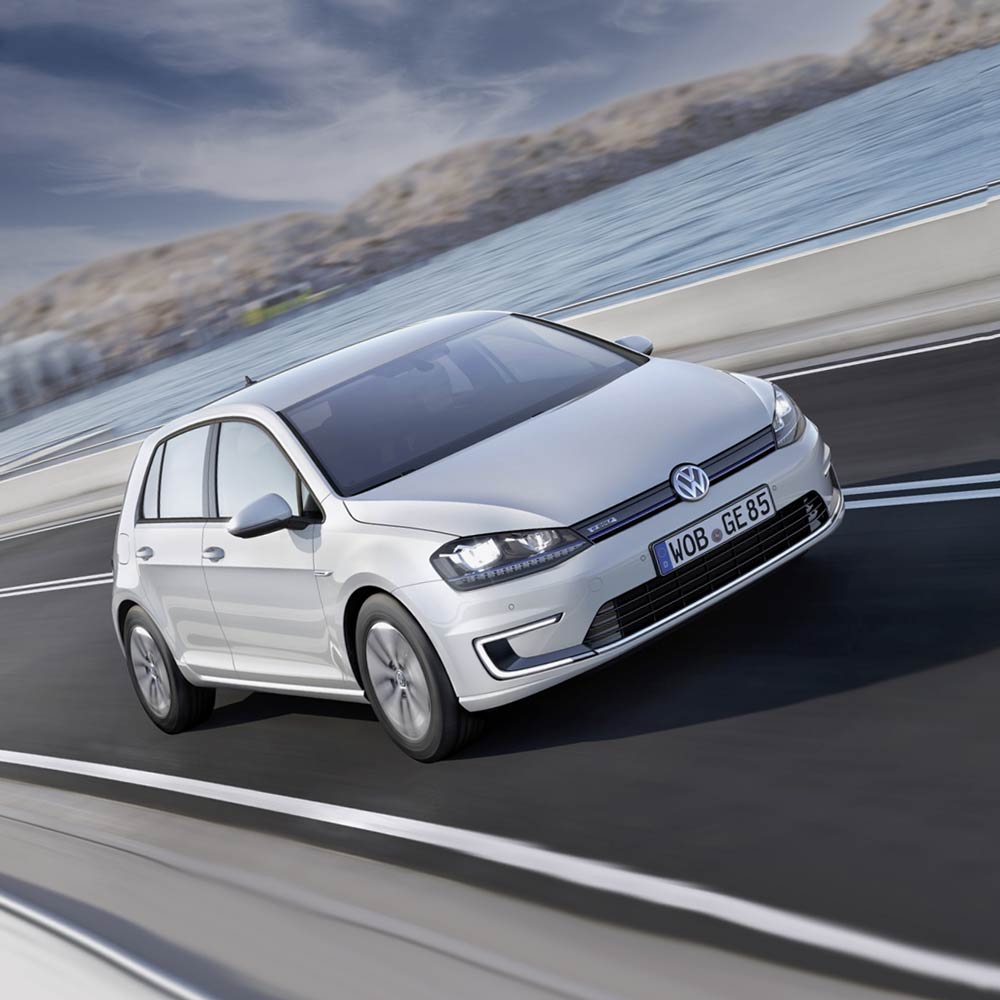
Volkswagen e-Golf
The Volkswagen e-Golf is a battery-powered variant of the popular compact hatchback. It’s rated at 18.6 kWh/100 km and, according to its manufacturer, will travel 198 kilometres on a single charge for C$2.19 and C$4.34 in driving costs, respectively, and an annual cost of C$438. A standard gas-powered Golf will set you back C$1,480.
Tesla Model 3, Model S, Model X and Model Y
Tesla is a relatively new firm in comparison to the others on this list, but it has a high profile due to its focus on high-performance electric automobiles.
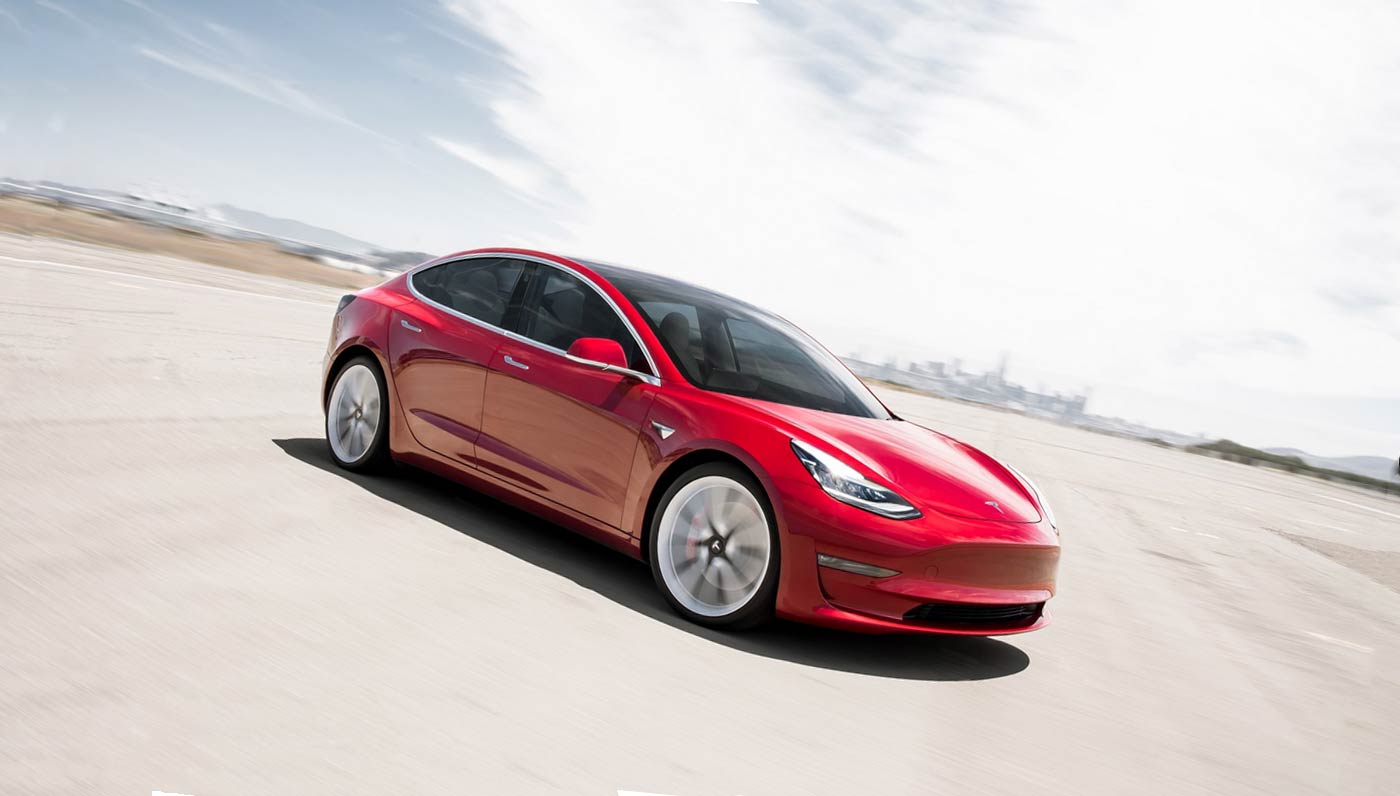
The small Model 3 is the company’s entry-level vehicle, and it comes with a variety of battery and power options. The most efficient model is rated at 14.9 kWh/100 km, which equates to C$1.75 or C$7.06 for the car’s 402-kilometre range. On the opposite end of the spectrum is a version rated at 18.6 kWh/100, which costs C$2.19 or C$10.54 to cover 481 kilometres. Annual driving costs for the Model 3 range from C$351 to C$438, depending on trim.
We’ll compare Tesla’s automobiles to more traditional premium vehicles because it doesn’t make any gas-powered versions. The BMW M340i has identical performance and room to the Model 3, and a year’s worth of premium gasoline would cost C$2,400.
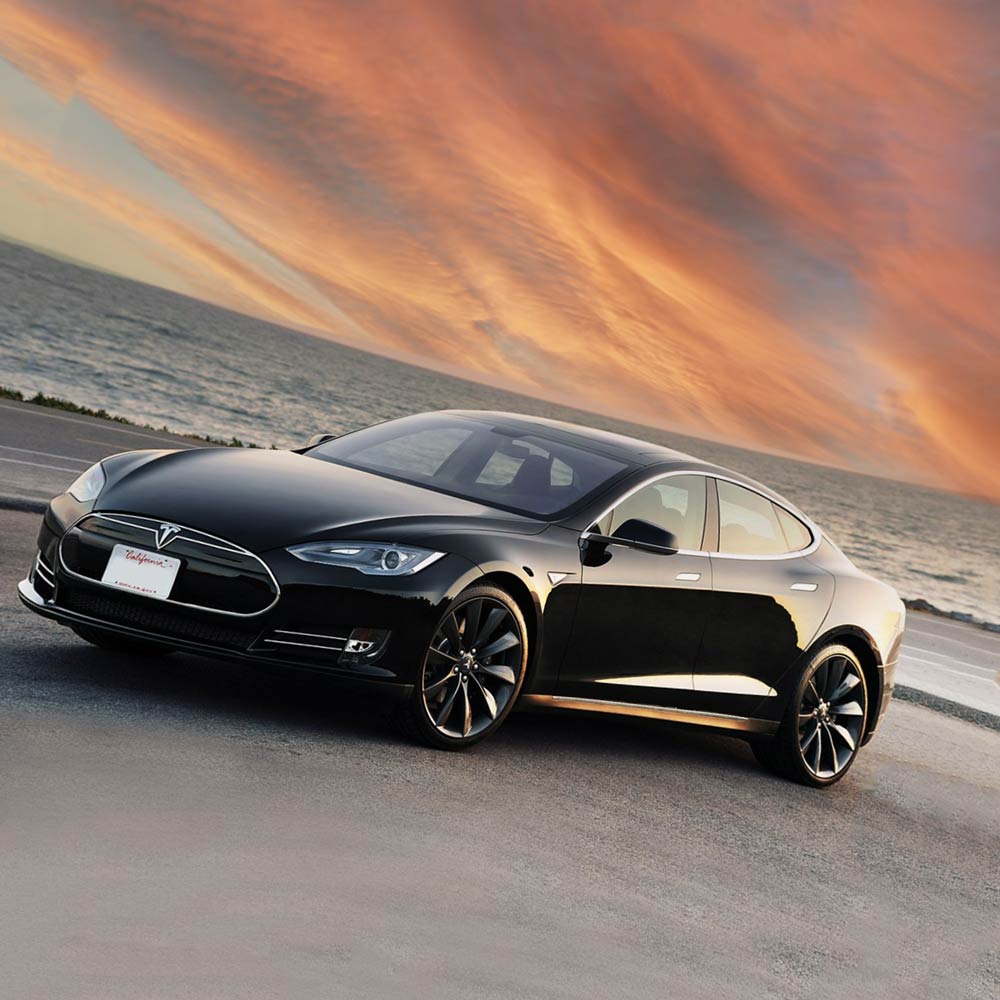
The Model S, a mid-size automobile, comes next. A rating of 18.0 kWh/100 km equals a cost of C$2.12 for that distance and C$13.33 for the car’s generous 629-km range in its most efficient form. For C$2.54 and C$13.36 respectively, the least-efficient variant has a 21.6 kWh/100 km estimate and a 525-km range claim. A year of Model S ownership costs between C$423 and C$508, depending on trim.
For this comparison, we’ve gone with the Mercedes-AMG E 53, a mid-size sedan. On premium gas, its mild hybrid (but non-plug-in) powertrain would cost C$2,376 per year to operate.
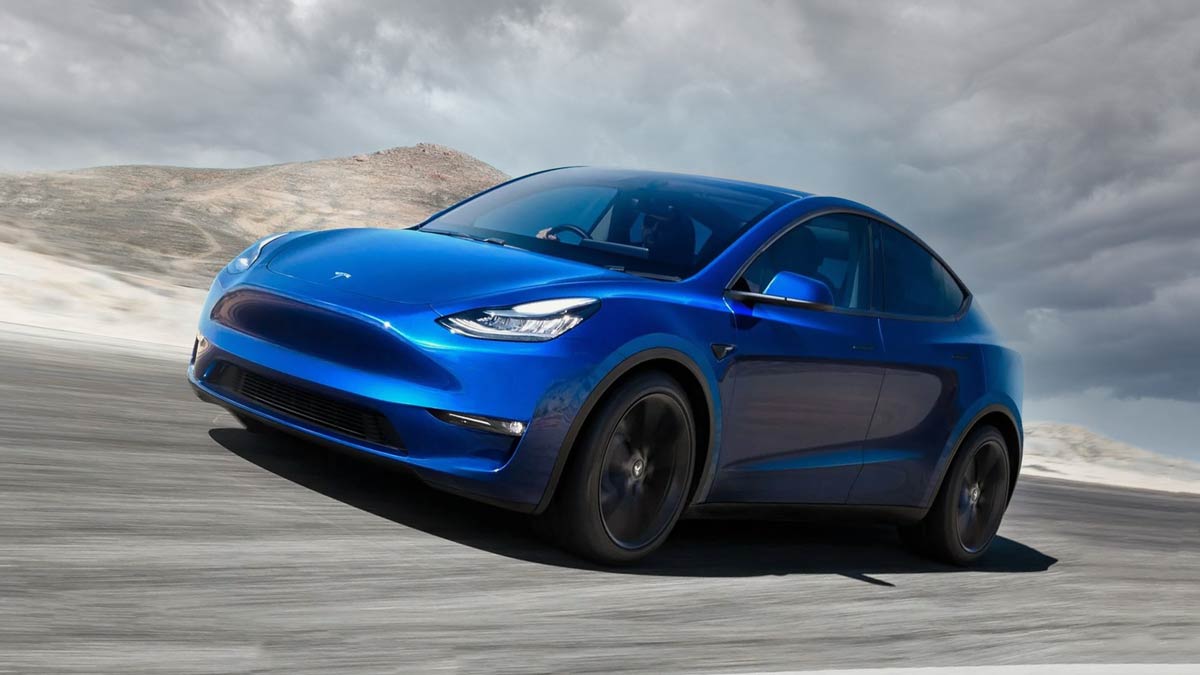
Tesla also has two crossover versions on the market. The Model Y is the smaller of the two, with a 17.3 kWh/100 km rating that corresponds to C$2.04 for 100 kilometres and C$10.37 for a projected range of 509 kilometres. A year’s worth of driving would set you back at C$407.
The BMW X4 M40i compares favourably here, costing C$2,424 for a year’s supply of premium gas.
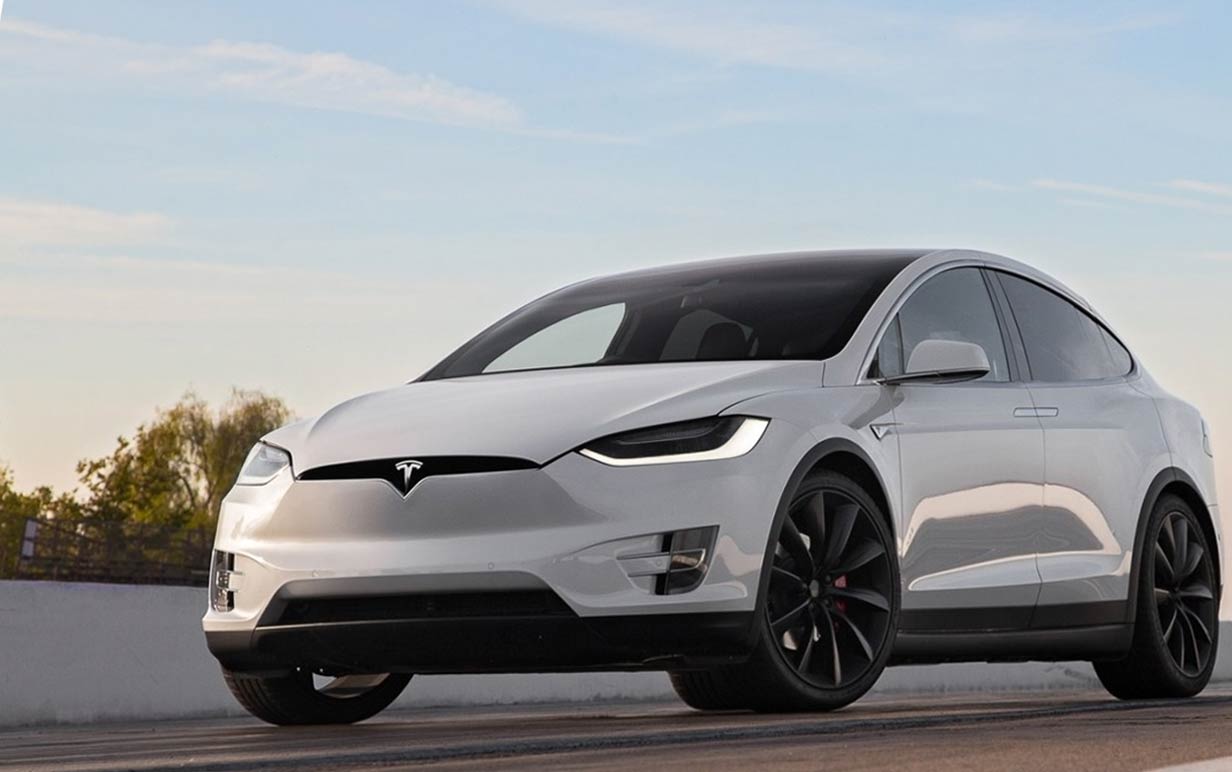
The Tesla Model X, meanwhile, is the company’s largest crossover SUV. For C$2.36 and C$13.31, the most efficient variant is the Long-Range trim, which is rated at 20.0 kWh/100 km and has a driving range of 565 km. The Model X Performance trim, with a 26.6 kWh/100 km rating and a range of 438 kilometres, would cost C$3.13 and C$13.72, respectively. The annual expenditures for driving would be C$471 and C$626, respectively.
Here, we’ll compare the BMW X6 M50i to the fast BMW X6 M50i, whose projected yearly driving costs for premium gasoline are C$3,072.
